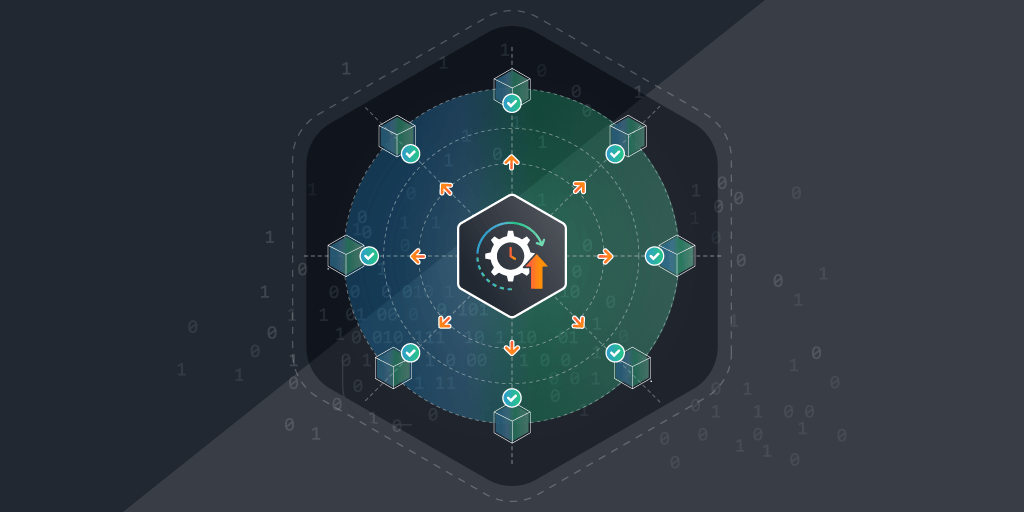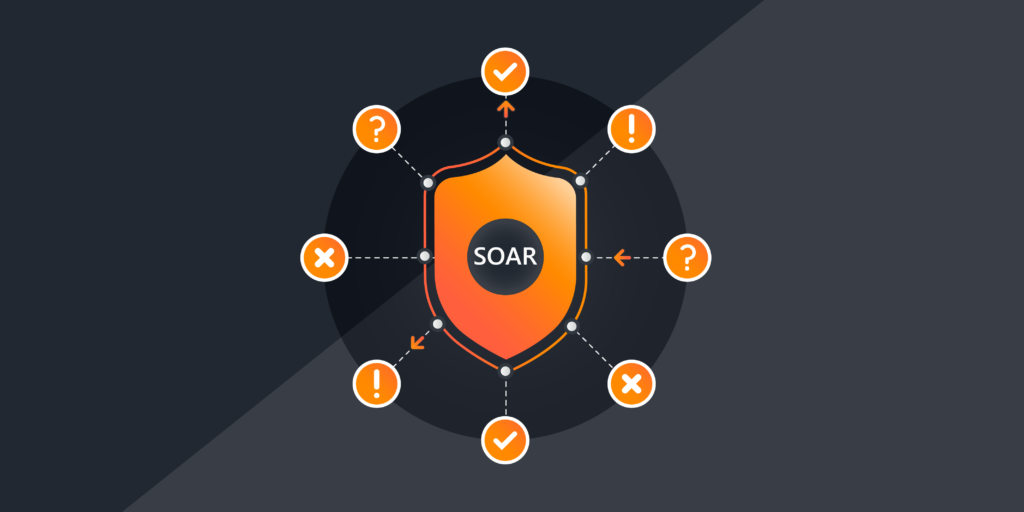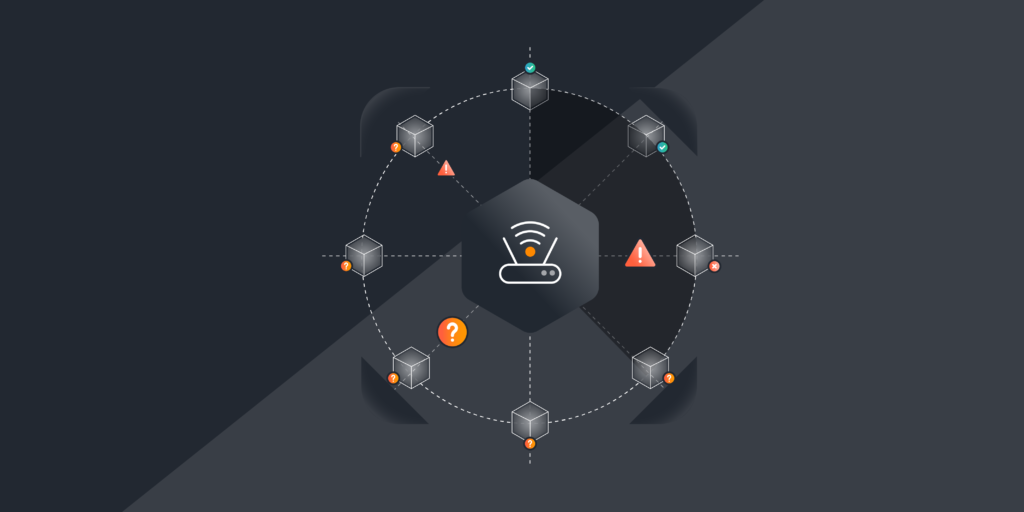
In this comprehensive overview of IT Operations Management (ITOM), we’ll delve into the fundamentals of ITOM, covering its key functions, benefits, and best practices. Whether you’re a seasoned IT professional or just starting out, this article will equip you with the knowledge and tools necessary to streamline your IT operations and ensure the smooth functioning of your organization’s IT infrastructure.
What is IT Operations Management?
IT Operations Management (ITOM) is a critical aspect of your organization’s IT strategy. It encompasses the administrative processes and best practices necessary to manage your organization’s IT infrastructure effectively. Managing IT operations involves ensuring the smooth functioning of all your IT services and resources, minimizing downtime, and maintaining the overall health of your IT systems. IT operations management software plays a crucial role in automating and streamlining these tasks, making it easier for system administrators to maintain optimal performance and service levels.
Key Functions of IT Operations Management
Monitoring and Managing IT Infrastructure: One of the primary functions of IT operations management is to monitor and manage the IT infrastructure. This includes overseeing servers, networks, storage, and applications to ensure they are operating efficiently. Using IT operations management software, administrators can gain real-time insights into the health and performance of their IT assets. This software helps in identifying potential issues before they become critical problems, allowing for proactive maintenance and management.
Incident and Problem Management: Incident and problem management are integral to managing IT operations. When incidents occur, it is essential to resolve them quickly to minimize disruption. IT operations software provides the tools necessary for efficient incident tracking, diagnosis, and resolution. Problem management goes a step further by identifying the root causes of recurring issues and implementing solutions to prevent them from happening again. IT operations management tools facilitate both processes, ensuring that incidents are handled swiftly and problems are addressed at their source.
Change and Configuration Management: Change and configuration management are vital for maintaining the integrity and stability of the IT environment. Managing IT operations involves controlling changes to the IT infrastructure to prevent disruptions and ensure that changes are implemented smoothly. IT operations management software helps in tracking changes, maintaining configuration records, and ensuring compliance with established policies. This reduces the risk of errors and ensures that the IT environment remains stable and secure.
Benefits of IT Operations Management
Improved Efficiency and Productivity
Implementing IT operations management best practices leads to improved efficiency and productivity. IT operations management software automates routine tasks, freeing up system administrators to focus on more strategic initiatives. By streamlining processes and providing real-time data, IT operations software enables administrators to make informed decisions quickly, enhancing overall productivity.
Reduced Downtime and Faster Incident Resolution
One of the most significant benefits of managing IT operations effectively is the reduction in downtime and faster incident resolution. IT operations management tools provide the capabilities needed to detect and address issues promptly, minimizing the impact on business operations. With the right IT operations management software, organizations can achieve higher uptime and ensure that IT services are always available when needed.
Enhanced Security and Compliance
Security and compliance are paramount in today’s digital landscape. IT operations management best practices include regular monitoring and updating of security measures to protect against threats. IT operations management software helps in maintaining compliance with industry standards and regulations by providing tools for tracking and auditing changes, managing access controls, and monitoring security events. This enhances the overall security posture of your organization and ensures that it meets all compliance requirements.
Getting Started with IT Operations Management
Assessing Your IT Infrastructure: The first step in getting started with IT operations management is to assess your current IT infrastructure thoroughly. This involves taking inventory of all IT assets, evaluating their performance, and identifying areas for improvement. Managing IT operations effectively requires a clear understanding of the existing environment and its capabilities. IT operations management tools can assist in this assessment by providing detailed insights into the infrastructure’s health and performance, enabling informed decision-making.
Choosing the Right ITOM Tools and Software: Selecting the right IT operations management software is crucial for your successful ITOM implementation. With a plethora of IT operations management tools available, each offering different features and capabilities, it’s essential to choose software that aligns with your organization’s specific needs and objectives. Factors to consider include ease of use, scalability, integration capabilities, and cost-effectiveness. The right IT operations software will provide comprehensive functionality, enabling efficient management of IT operations and maximizing ROI.
Implementing ITOM Best Practices: Finally, implementing IT operations management best practices is key to achieving optimal results. This includes establishing clear processes and procedures for managing IT operations, training staff on the use of IT operations management tools, and continuously monitoring and improving ITOM practices. Regularly reviewing and updating IT operations management strategies ensures that they remain effective and aligned with your organization’s evolving goals and objectives, driving continuous improvement and innovation.
Managing IT operations is a critical function for any organization, and leveraging IT operations management software and tools can significantly enhance efficiency, productivity, and security. By understanding the key functions of IT operations management, recognizing its benefits, and following best practices, system administrators can ensure the smooth and effective operation of their IT environments. Follow the invaluable insights into IT operations management provided in this comprehensive guide and get ready to make informed decisions and implement strategies that drive your business’ success.
Ready to take your IT operations to the next level? Contact us to request a demo and discover how Lansweeper’s solutions can transform your IT Operations Management system’s efficiency.
Request a demo today!
Whether you’re looking to improve productivity, reduce downtime, or enhance security, we’ve got you covered.
Go Unlimited for 14 days
2 weeks of unlimited scanning
Start now. Use when ready
No card required
Access all features
5-minute onboarding


